Orienting of Attention
$44.96
Description
This book is a succinct introduction to the orienting of attention. Richard Wright and Lawrence Ward describe the covert orienting literature clearly and concisely, illustrating it with numerous high-quality images, specifically designed to make the challenging theoretical concepts very accessible. The book begins with an historical introduction that provides a great deal of information about orienting, much of which will be new even to seasoned researchers. Wright and Ward then systematically describe the development of various experimental paradigms that have been devised to study covert orienting, and the theoretical issues raised by this research. One trend that they analyze in detail is the progression from relatively simple models of spatial attention (attention spotlight and zoom lens models) to an integrative computational framework based on a concept called the “activity distribution.” They also present a comprehensive survey of cognitive neuroscience research on the brain mechanisms underlying spatial attention shifts, as well as a chapter summarizing recent research on crossmodal attention shifts, and elucidating the links between attention orienting in the visual, auditory, and tactile domains. In the Epilogue they offer a concise summary of the book, and develop preliminary frameworks for understanding the relationship between spatial attention and orienting in response to social cues (social cognitive neuroscience) and for describing the evolution of covert orienting. Orienting of Attention provides a systematic survey that is ideal for those looking for an accessible introduction to the field and also for students and researchers who want a state-of the-art overview.
Author: Wright, Richard D, Author: Ward, Lawrence M
Topic: Psychology
Media: Book
ISBN: 195130499
Language: English
Pages: 289


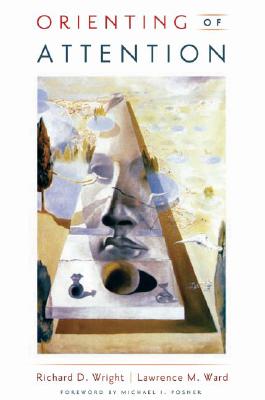

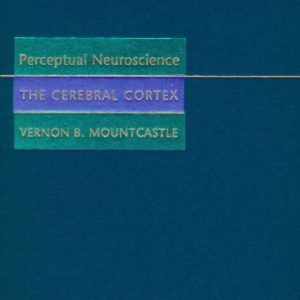


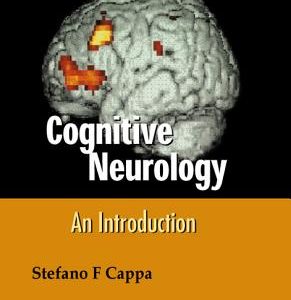


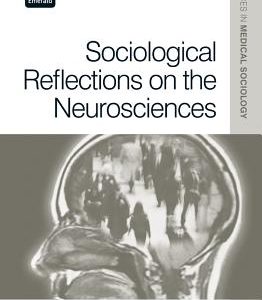



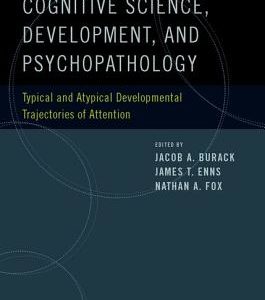
Reviews
There are no reviews yet.